
GUEST BLOGGER ALEXIS O’NEILL
Technology can play an important role in fighting for the rights of people in disadvantaged communities to live safe and healthy lives. Journalist Jacob A. Riis used technology to bring light to the tenement children of New York in an unconventional way.
Originally from Denmark, Jacob wrote about impoverished people who had no choice but to live in unsafe, disease-ridden tenements. He was appalled by the living conditions. Here’s how I described the situation in my book, Jacob Riis’s Camera: Bringing Light to Tenement Children:
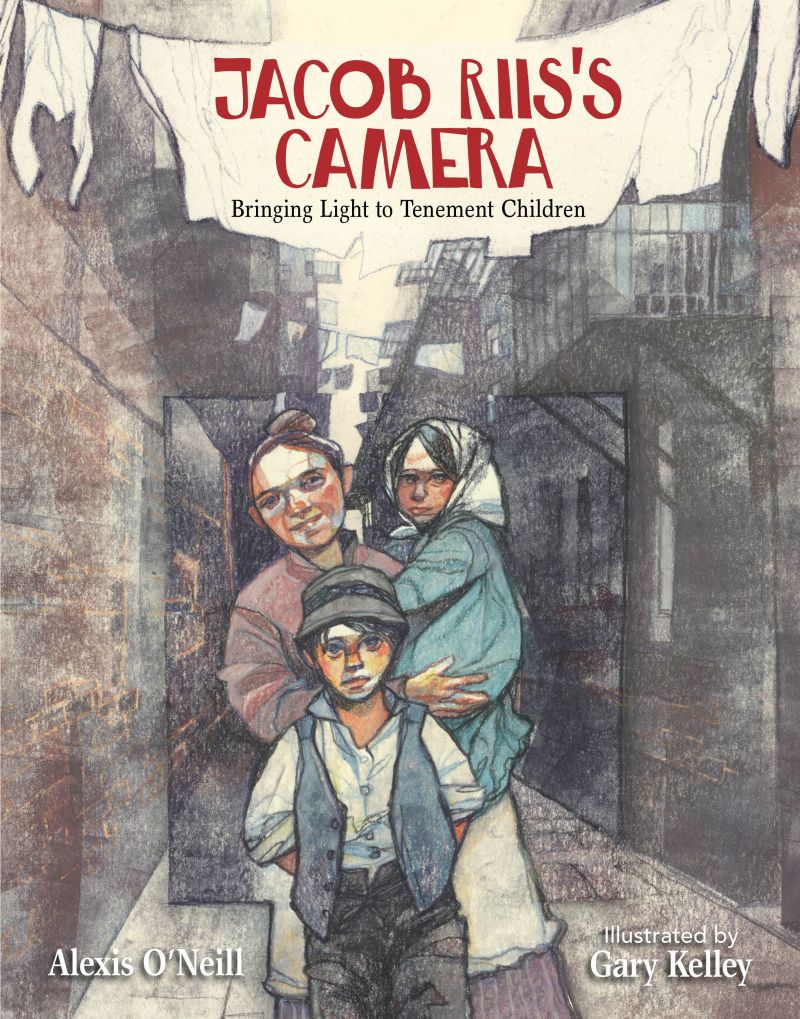
What Jacob saw in those neighborhoods gripped his heart:
Jacob Riis’s Camera: Bringing Light to Tenement Children by Alexis O’Neill
tenement buildings obscuring the skies,
apartments jammed with immigrants–Slavs, Italians, Jews, Irish, Chinese,
families toiling in stifling sweatshops,
the stench of mold and kerosene choking the air,
privies overflowing in courtyards,
children without green places to play.”
Riis wanted to relieve this extreme human suffering in the city. If only he could photograph how people really lived in the tenements, officials might be moved to make changes. But photographs at the time could only be taken by cameras in bright light or with a long exposures. That’s where technology stepped in.
Let there be light!
Riis already had access to three major technological tools: a camera, a stereopticon (which functioned like a slide projector), and print media. He needed a way to take photographs where there was little light.
And then something happened. In 1887, German scientists Adolf Miethe and Johannes Gaedicke invented flash powder made of fine magnesium powder, mixed with potassium chlorate and some antimony sulfide. When the powder was ignited, it produced Blitzlicht, or “flashlight,” enabling photographers to capture images in dark places.
As a result, Riis was able to use four pieces of technology to solve his problem: a camera and flash powder to shoot photos inside the tenements, a stereopticon to show life-sized photographs to the public during lectures, and print media to have his photographs printed in a book that he wrote called, How the Other Half Lives: Studies Among the Tenements of New York– all helping him bring social justice to tenement dwellers.
In this short video, you will see an actor depicting Jacob Riis using Blitzlicht in a tenement apartment. (Editor’s note: Please ignore the annoying ad YouTube adds at the start of the video.)
Try Playing with Light
Jacob Riis used flash powder as a light source. Later, flashbulbs served the same function. Many of today’s digital cameras can capture a subject, even in very low light, without any additional light source. But not completely.
TRY THIS: You will need a digital camera, flashlight, and an object of choice. Next, do this:
- Find a room in your house that has no windows, but does have a light fixture. The room must be completely dark when the light is turned out and the door is closed. This could be an interior bathroom or large closet.
- Take a series of photographs pointed at your object of choice:
- Keep the room light on in Photo #1
- Turn off the room light in Photo #2
- Use a flashight as the sole source of light to illuminate your object in Photo #3
- Use a light source of your choice (optional)
Photo #1: LED light Photo #2: No light Photo #3: Flashlight Photo #4 Flashbar
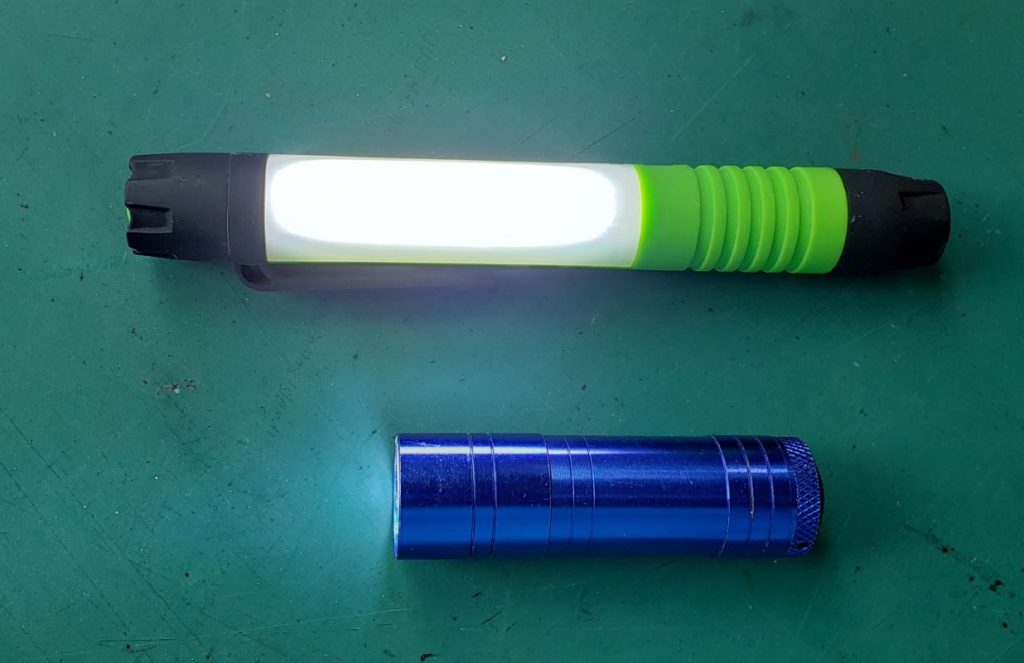
The green flashbar has a longer light source.
Compare the photographs and describe them. What differences do you notice? Write your observations in a notebook. Experiment with different light sources by shining light:
- on the object directly.
- on the object from a distance
- from above the object
- from below the object
How do the different levels or positions of light change the mood of the photographs? Write your observations in a notebook.
Try Putting Words & Pictures Together
In putting words and pictures together to inspire people to take action, Jacob Riis became the foremost social photojournalist of his time.
TRY THIS: Take a photograph of something that you want to change or improve. Document the date, time, and place you took the photograph. Next, give a title to the photograph. Describe what problem the photograph shows. Tell what you think should change and why. Print the photograph and words together. If you can’t find something you want to change or improve, write about this photograph taken by Jacob Riis:

Using Tools of Technology for Social Justice
You may experience a situation that doesn’t seem fair, or you may see someone suffering and want to fix it. Jacob Riis used technology – cameras, flash powder, stereopticons, print media – that was available to him at the time to try and make life better for others. People use similar tools today. How will you make life better for others?

Alexis O’Neill is the author fiction and nonfiction pictures books including The Recess Queen (Scholastic Press); The Kite That Bridged Two Nations: Homan Walsh and the First Niagara Suspension Bridge (Calkins Creek); Jacob Riis’s Camera; Bringing Light to Tenement Children (Calkins Creek); and The Efficient, Inventive (Often Annoying) Melvil Dewey (Calkins Creek, Fall 2020). A former elementary school teacher, teacher educator, and museum education consultant, Alexis is the recipient of the California Reading Association’s Dr. Marcus Foster Memorial Award for making significant and outstanding contributions to reading throughout California and is an instructor for the UCLA Extension Writers’ Program. Website: www.alexisoneill.com Twitter: @AlexisInCA Twitter: @boydsmillskane



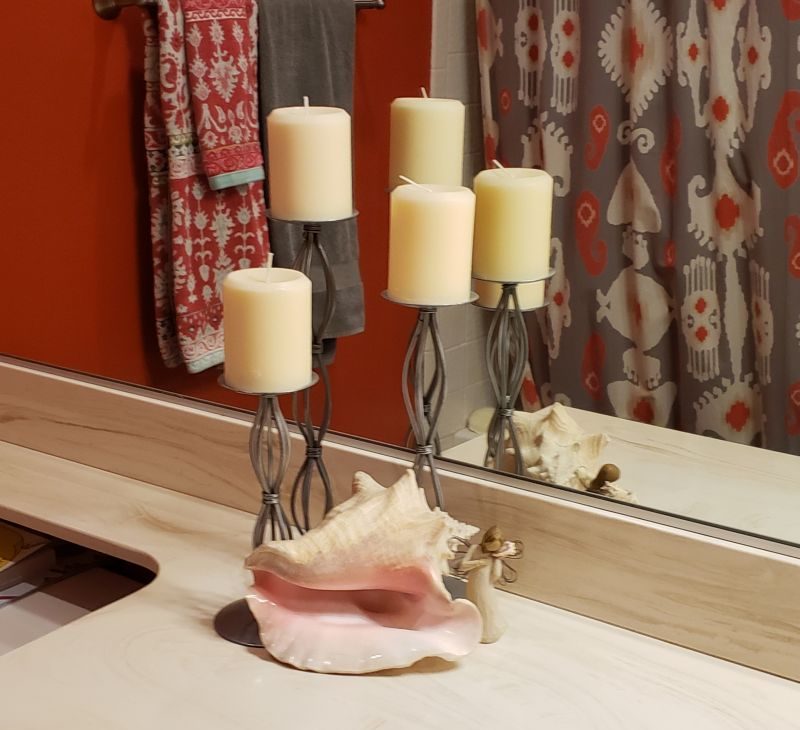
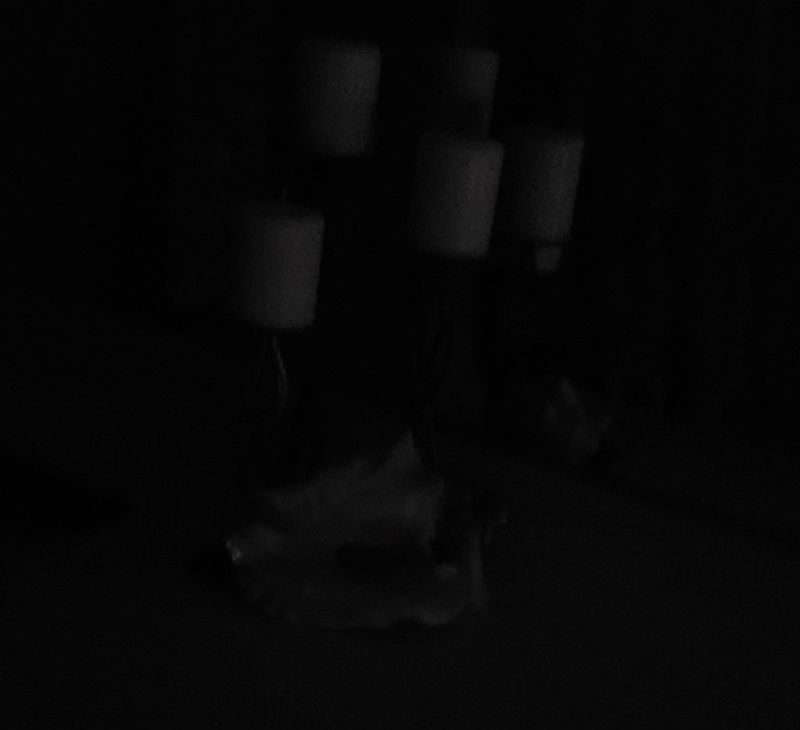

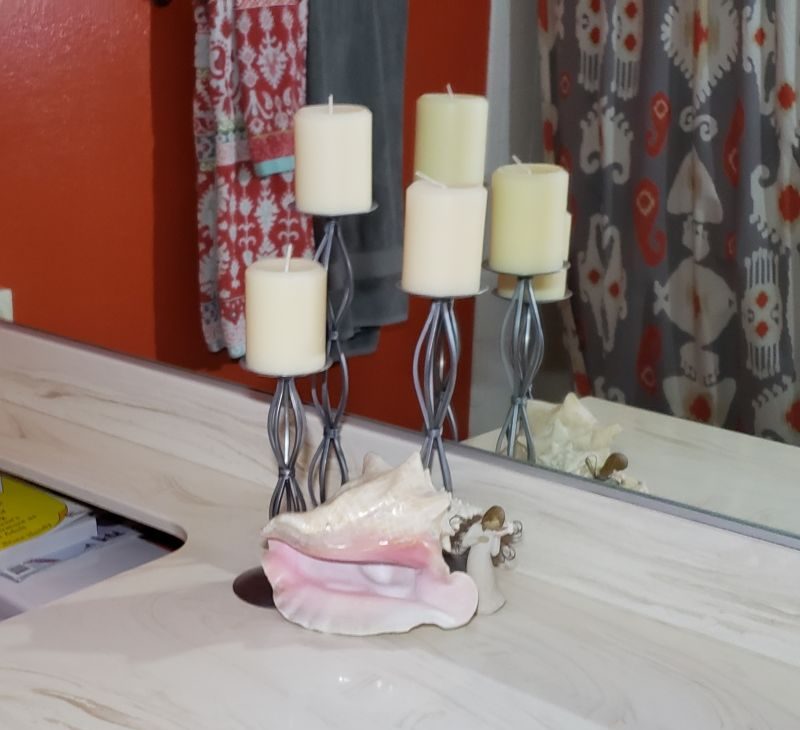
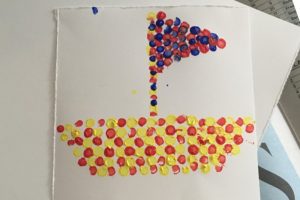
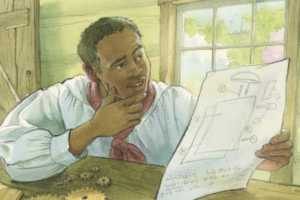


Leave a Reply
Your email is safe with me.